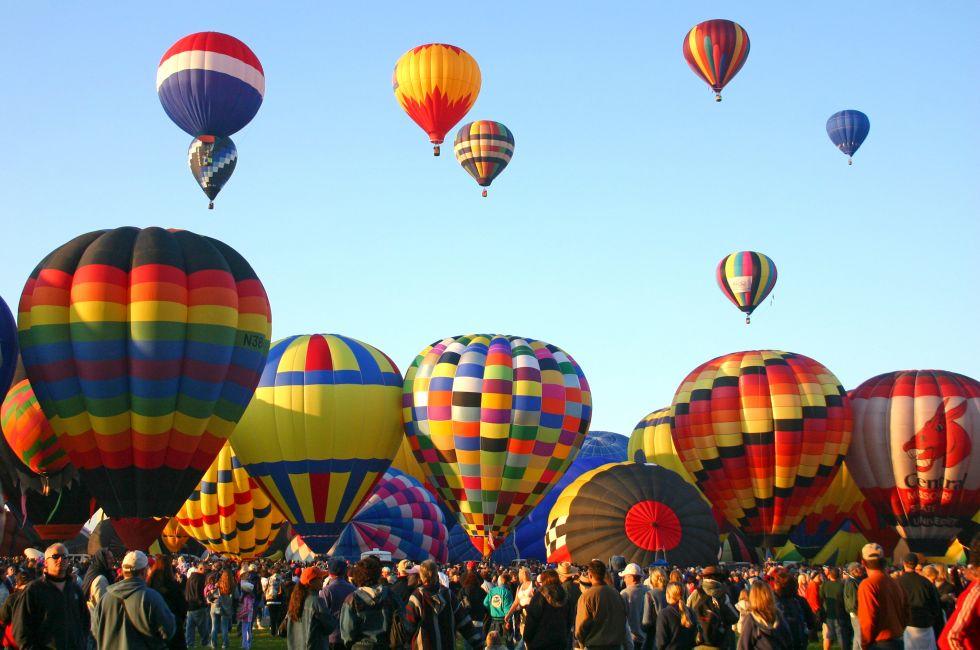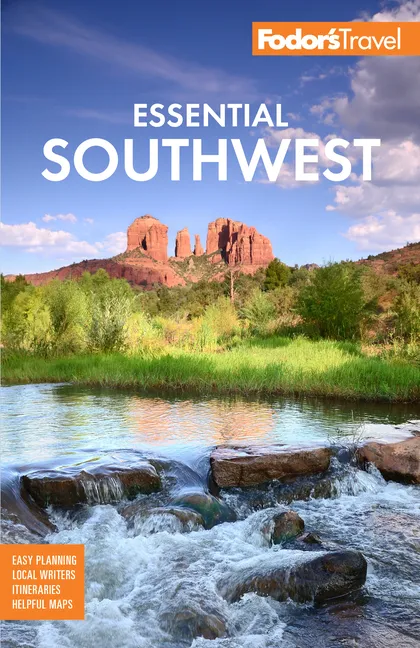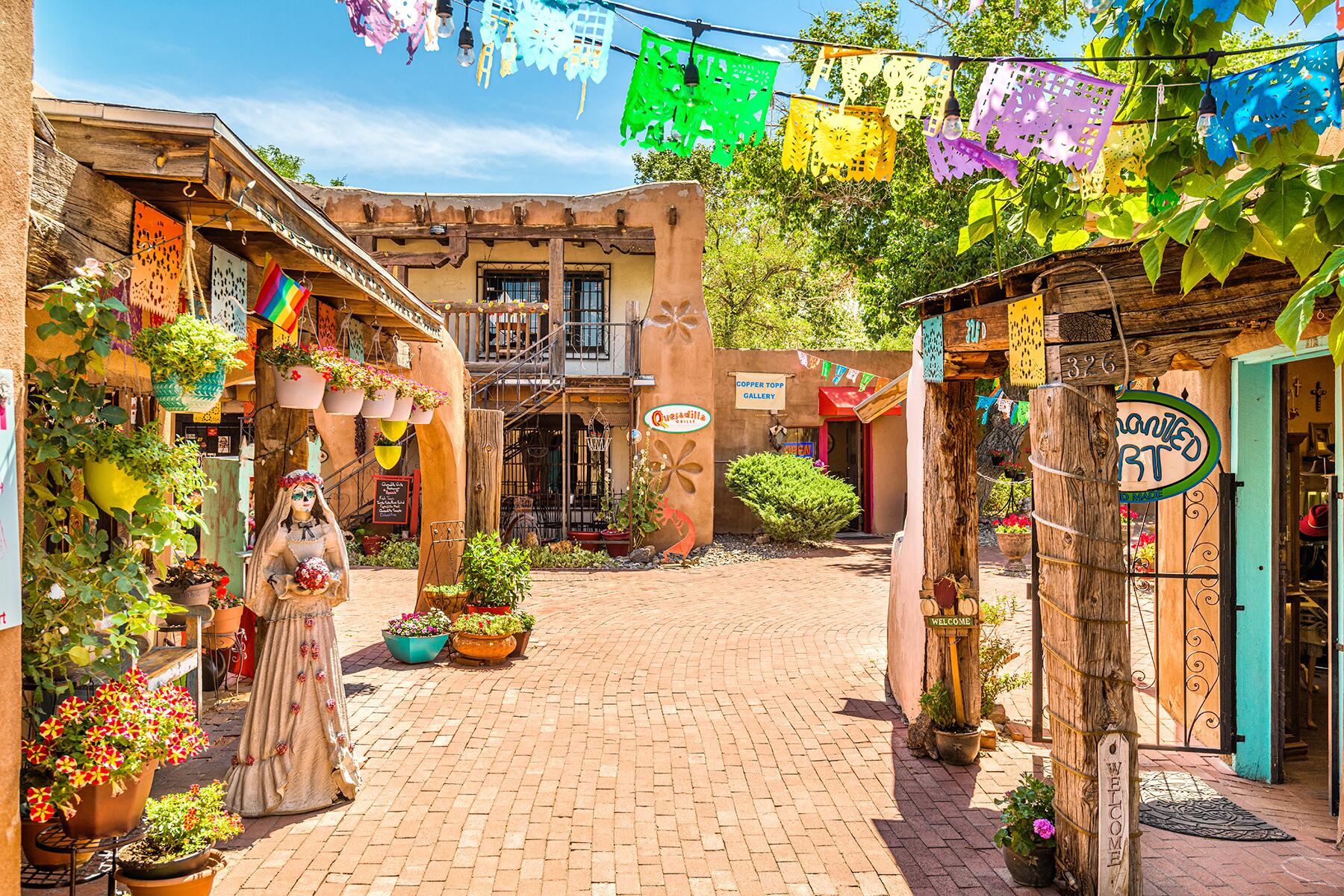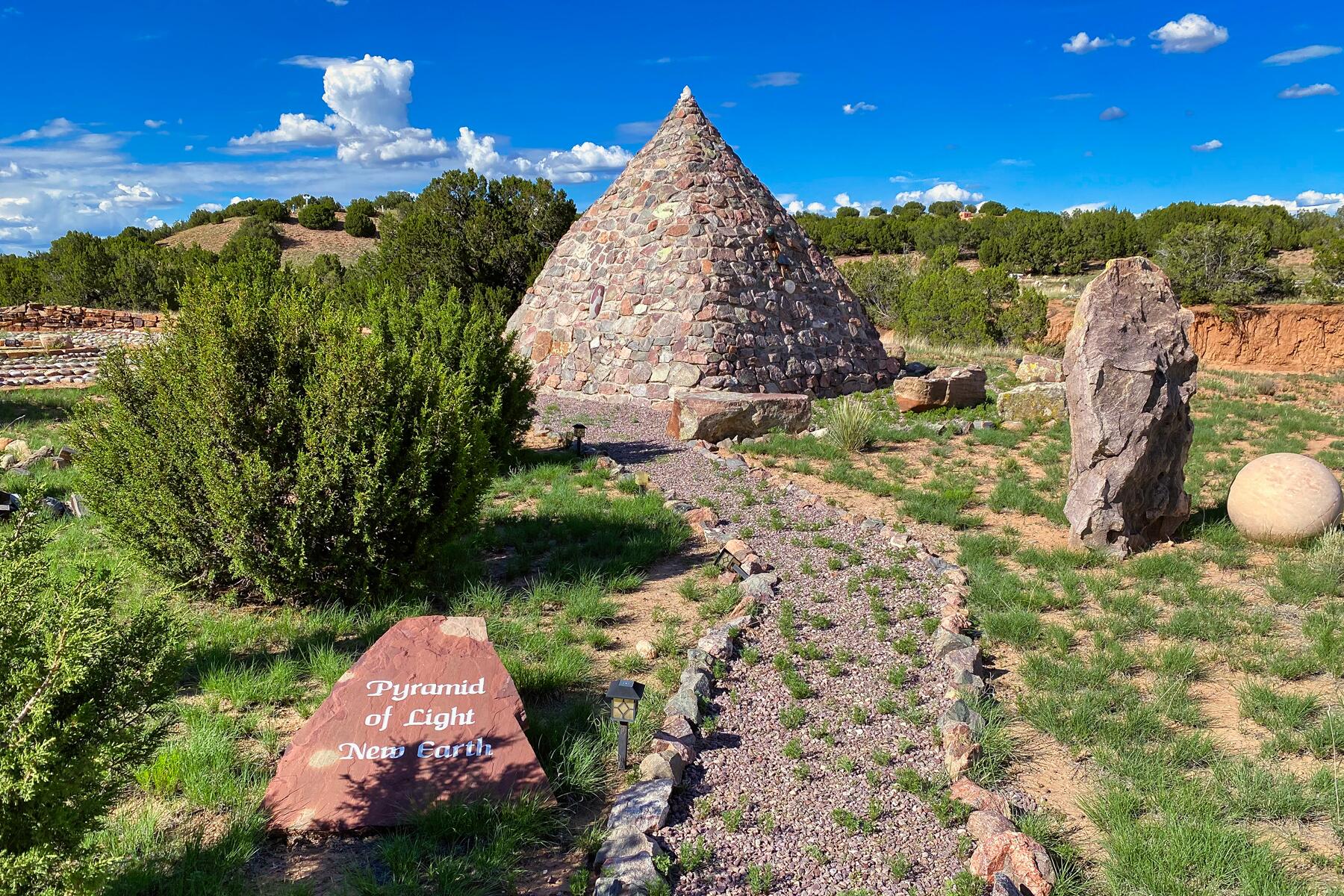Albuquerque
Albuquerque
Today's smart traveler knows something special is afoot in this wonderfully diverse and charmingly quirky historic town hard by the Rio Grande. You'll want to plan on spending at least a day or more before venturing beyond. Perfectly set as the gateway to other New Mexico wonders like Zuni, El Morro, and Chaco Canyon, Albuquerque’s own rich history and dramatic terrain—desert volcanoes, unique cottonwood bosque along the broad banks of the river that flows through its very center, and a striking confluence of mountain ranges—have long captured the imagination of folks en route from here to there. Today, vibrant art galleries, growers' markets, a coffee and microbrewery scene, and its world-class museums as well as superb nature trails and spectacular topography—and, absolutely, the seem...
Read MoreToday's smart traveler knows something special is afoot in this wonderfully diverse and charmingly quirky historic town hard by the Rio Grande. You'll want to plan on spending at least a day or more before venturing beyond. Perfectly set as the gateway to other New Mexico wonders like Zuni, El Morro, and Chaco Canyon, Albuquerque’s own rich history and dramatic terrain—desert volcanoes, unique cottonwood bosque along the broad banks of the river that flows through its very center, and a striking confluence of mountain ranges—have long captured the imagination of folks en route from here to there. Today, vibrant art galleries, growers' markets, a coffee and microbrewery scene, and its world-class museums as well as superb nature trails and spectacular topography—and, absolutely, the seemingly endless blue sky and the joyous hot-air balloons that decorate it—make it a worthy destination of its own.
Centuries-old traces of Native American populations past and present abound throughout the Rio Grande Valley, and Albuquerque is no exception. Their trade routes are what drew the Spanish here; sections of what became their Camino Real are still intact. The little farming settlement was proclaimed "Alburquerque," after the Viceroy of New Spain—the 10th Duke of Alburquerque—in 1706. By the time Anglo traders arrived in the 1800s, that first "r" had been dropped, but that settlement, now known as Old Town, was still the heart of town. By the 1880s, with the railroad in place, the center of town moved east to meet it, in the Downtown we know today. Remnants of all linger still—and may readily be seen in the soft aging adobes in the North and South Valley, or the old Rail Yard buildings in Barelas.
In the spirit of one of the earliest local proponents of preserving our natural heritage, Aldo Leopold, Albuquerque is committed to protecting its exquisite bosque lands—and the waterfowl, porcupines, and other wildlife that call them home. A network of bicycle trails has been extended from there throughout the city. A noted Public Art program, a developing innovation economy, a remarkably diverse population, and a surprisingly eclectic range of architecture further set this city apart.
A bit of quiet attention reveals Albuquerque's subtle beauty—a flock of sandhill cranes overhead; a hot-air balloon, seemingly within reach; vintage art deco buildings and motel signs along old Route 66; Pueblo Revival details on the university campus; the fabulous facade of the KiMo theater; a sudden glimpse across the western desert to a 100-mile-distant snowcapped Mt. Taylor; and the Sandia Mountains lit pink by the fading sun.











